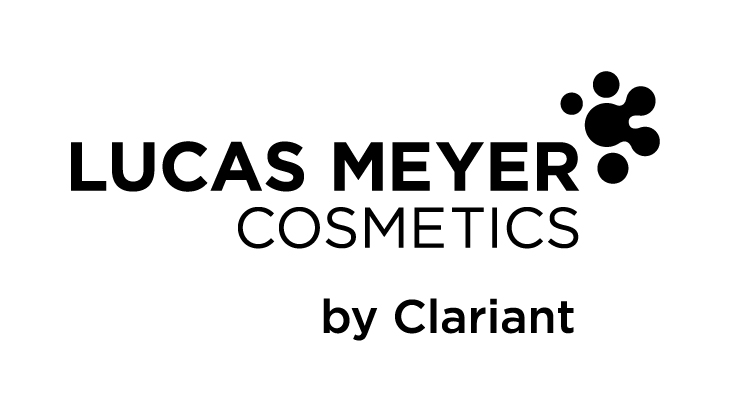Glycation results in a phenomenon IFF Lucas Meyer Cosmetics terms Glyc-Aging, which results in lost skin elasticity, coarsely wrinkled skin, inflamed skin and uneven skin tone.
In this article, Dr Shlomo Krispin, Product Line Manager – IBR product range, IFF Lucas Meyer Cosmetics, discusses the causes of glycation.
He also addresses potential solutions to fighting Glyc-Aging.

UV radiation, high sugar diets and smoking induce skin glycation and build-up of advanced glycation end products (AGEs).
Glycation is a slow chemical reaction in which reactive carbonyl groups belonging to reducing sugars react with free amino groups on proteins to form unstable products. These unstable products undergo oxidation, polymerisation, dehydration and cross-linking reactions, causing irreversible damage to their structure and function.
Glycation modifies the biomechanical and functional properties of key structural proteins of the skin, interfering with numerous physiological functions. Moreover, through interaction with their receptor (RAGE), AGEs activate molecular pathways that disturb the tissue homeostasis and accelerate skin ageing in a process we have termed Glyc-Aging.
Glycation results in loss of skin elasticity, coarsely wrinkled skin, inflamed skin and uneven skin tone.




